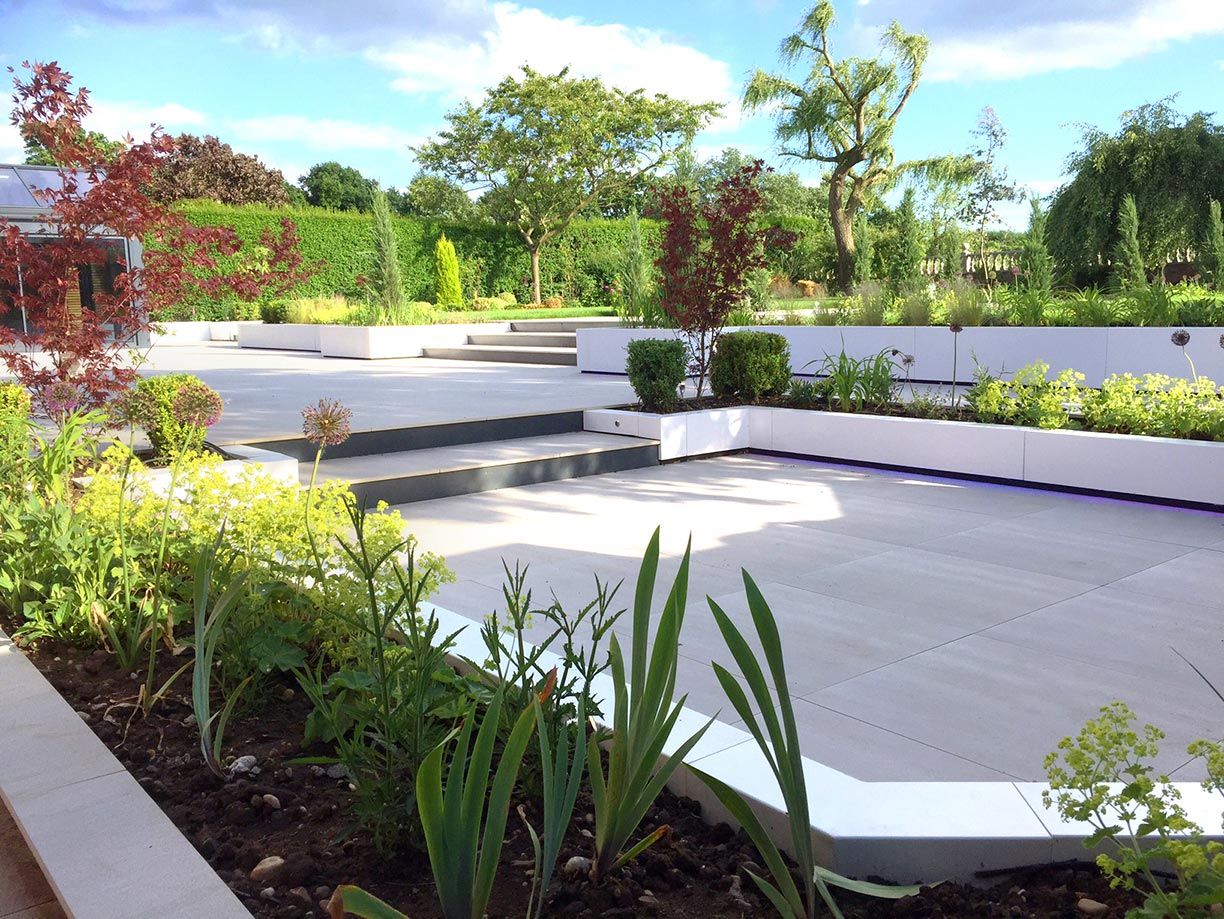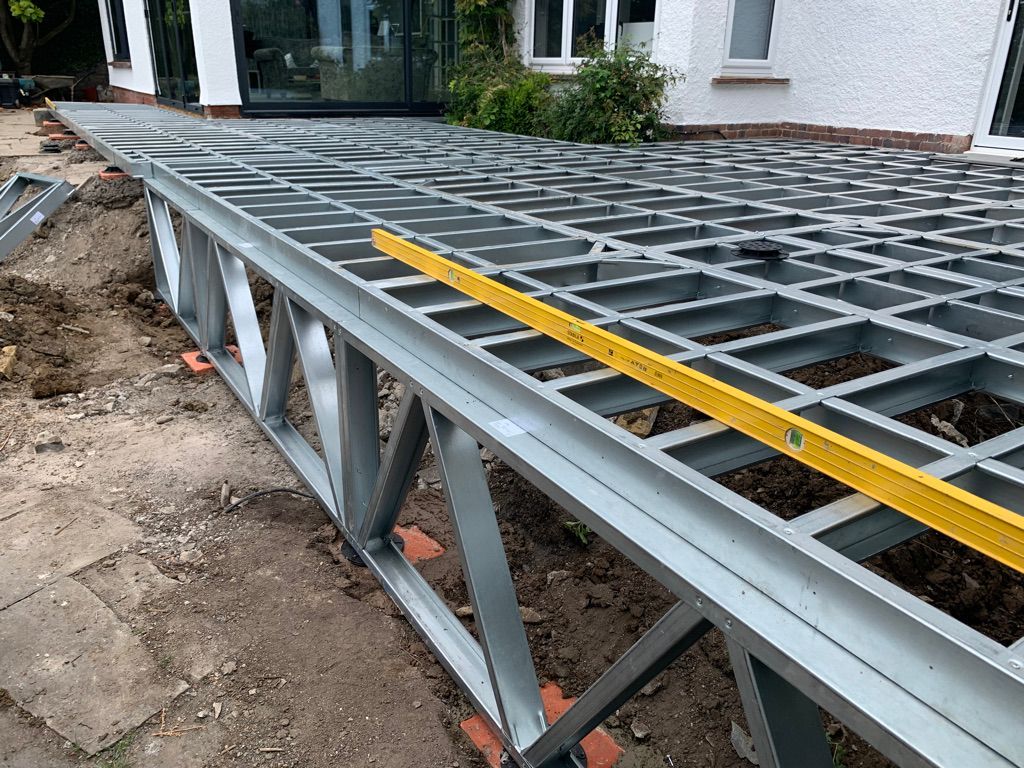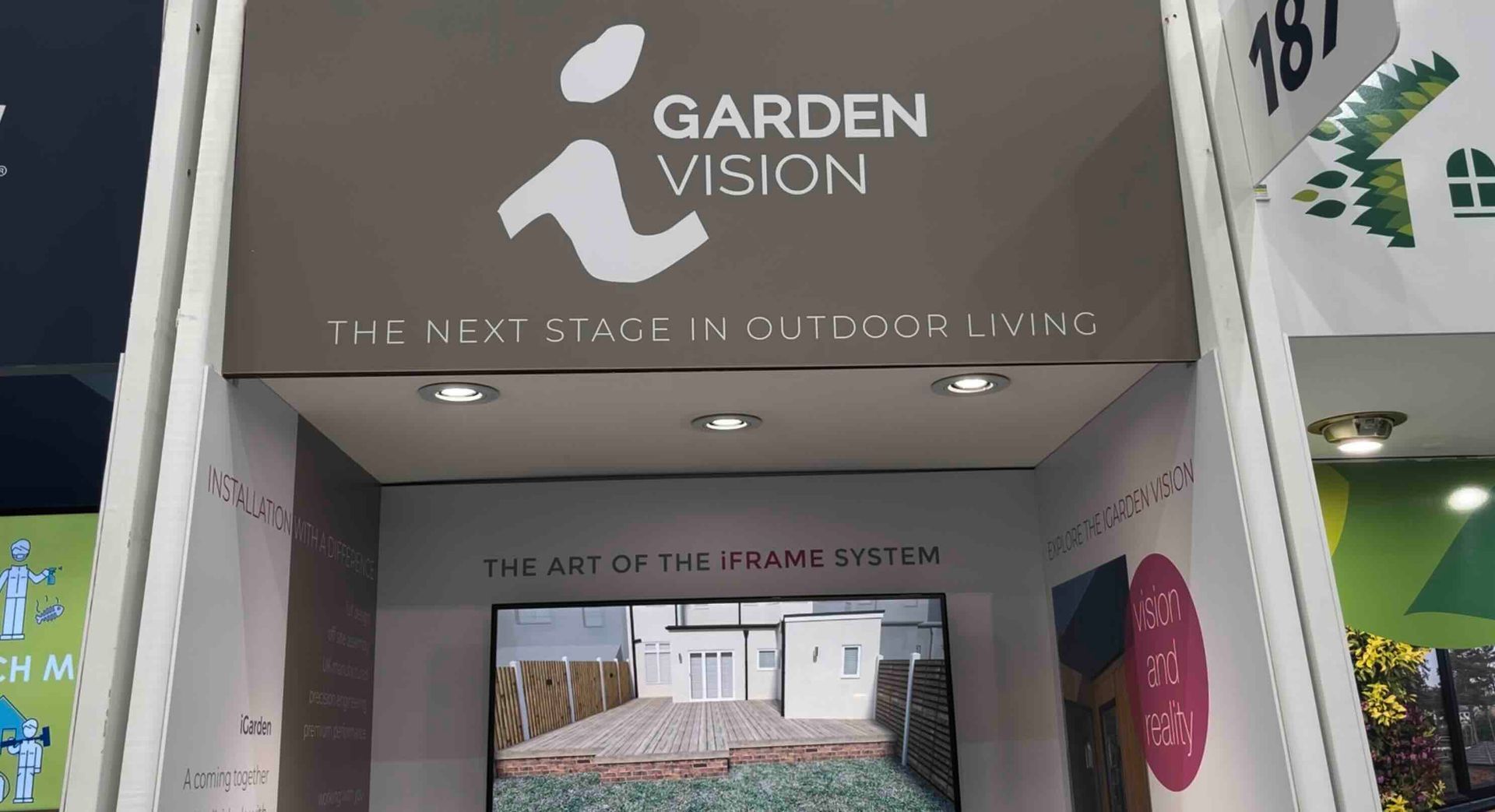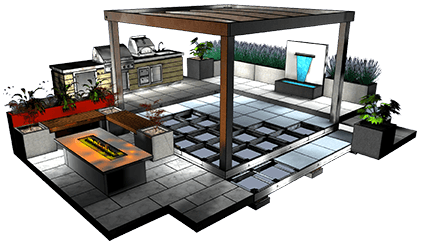Paving: old vs new

The Ultimate Maintenance Guide: Porcelain vs Traditional Paving
When choosing paving for your garden, maintenance often becomes the deciding factor. Let's explore how porcelain and traditional paving compare in terms of care requirements – you might be surprised at the difference.
The Reality of Traditional Paving Maintenance
Traditional paving demands significant attention throughout the year. Your weekly routine starts with thorough sweeping to prevent debris build-up. Monthly, you'll need to tackle persistent weeds that seem to find every joint. Come quarterly, you're looking at hiring a pressure washer for deep cleaning to combat moss and algae.
The real challenge? Every two years, you'll spend a full weekend resealing the surface – weather permitting, of course. Don't forget the annual ritual of repairing joints where sand and cement have worn away. In total, you're looking at 51-64 hours of maintenance annually.
The Porcelain Alternative
Now, imagine spending just 15-21 hours yearly on garden maintenance. That's the porcelain difference. A quick weekly sweep, monthly wash-down with plain water, and occasional inspection are all you need. No sealing. No weeding. No pressure washing.
Real Cost Implications
Traditional paving might seem cost-effective initially, but consider this:
- Annual cleaning supplies: £50-100 for traditional vs £20-30 for porcelain
- Professional cleaning: Required bi-annually for traditional (£200-300) vs optional for porcelain
- Sealing products: £100-150 every two years for traditional vs never for porcelain
- Equipment hire: Regular pressure washer hire for traditional vs none needed for porcelain
Weather Resistance That Makes Sense
British weather can be unpredictable, but your paving maintenance shouldn't be. While traditional paving requires additional care after heavy rain, frost, and summer heat, porcelain remains unaffected. No more rushing out after autumn leaf fall to prevent staining – porcelain's non-porous surface means easier cleaning and no stain worries.
Professional Services: Less Is More
With traditional paving, you're looking at:
- Deep cleaning every six months
- Resealing every two years
- Annual joint repairs
- Regular levelling checks
Porcelain? A professional clean every few years is optional, not essential. The occasional inspection keeps everything in check, but that's about it.
The Choice Is Clear
When you compare maintenance hours (51-64 vs 15-21 annually), costs, and effort, porcelain paving isn't just a premium choice – it's a practical one. Factor in the time you'll save, the reduced need for professional services, and the consistent appearance year after year, and the value becomes evident.
See the Difference Yourself
Visit our NSBRC display in Swindon to compare both options in person. Touch, feel, and see why more British homeowners are choosing porcelain for their gardens. Our experts will guide you through the practical benefits and help you make an informed decision for your outdoor space.
Ready to spend less time maintaining and more time enjoying your garden? Contact us for a free consultation:
Download our comprehensive maintenance guide:
Remember: Your garden should be a space for relaxation, not endless maintenance. Choose wisely, choose porcelain.









